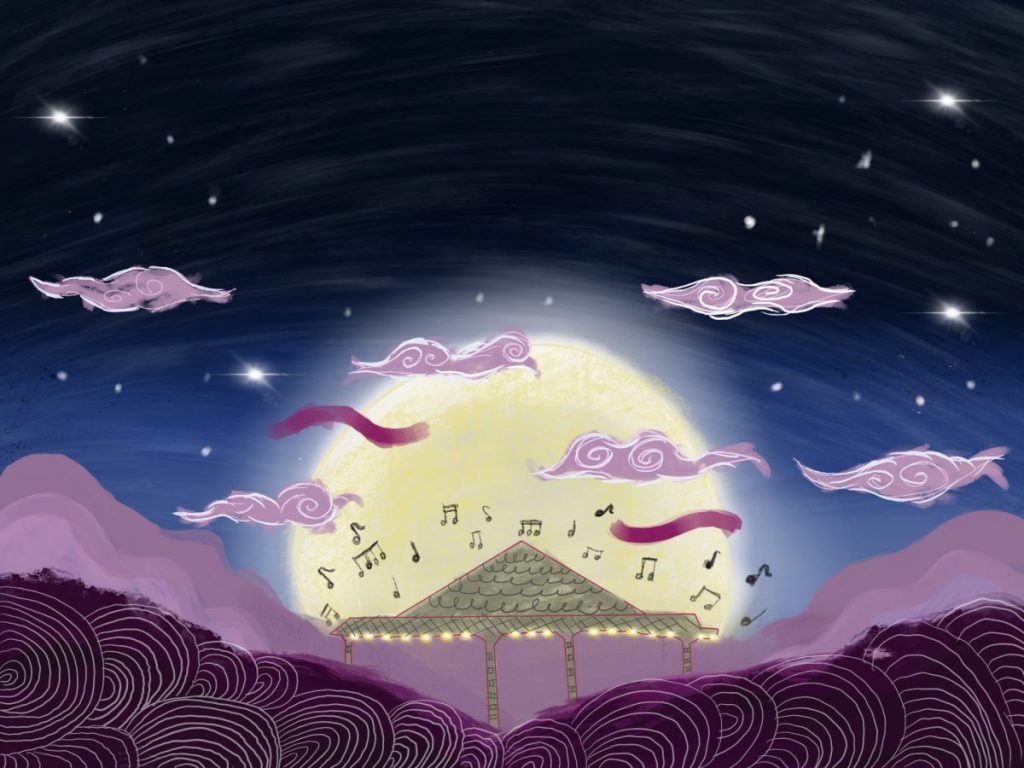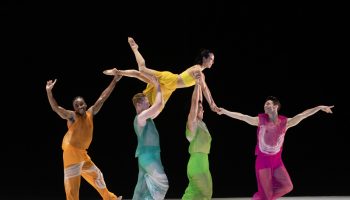
Sarah Russo
Staff writer
Two imaginative pieces — one inspired by death and the other by storytelling — diverge in mood, but not in skill, for tonight’s Chautauqua Symphony Orchestra program.
Under the baton of Rossen Milanov, music director and principal symphonic conductor, the CSO will perform at 8:15 p.m. in the Amphitheater.
The program opens with Finnish composer Jean Sibelius’ Valse Triste, or “sad waltz,” which is paired with Russian composer Nikolai Rimsky-Korsakov’s Scheherazade, Op. 35.
While Sibelius’ Valse Triste creates a mysterious and eerie feeling, the final selection of Scheherazade provides a contrast, Milanov said.
“Once we get to the second piece on the program, I think that explosion of flavors and colors would be something that would be in a very good contrast with somewhat darker and brooding piece such as Valse Triste,” Milanov said.
Originally composed for a 1903 production of the play Kuolema, or “Death” in Finnish, by Arvid Järnefelt, the piece captures the sense of haunting memories recollected in old age.
Valse Triste originated as the first of six numbers Sibelius composed as incidental music for the play written by his Sibelius’ brother-in-law. The plot revolves around a denial of death by the play’s protagonist, Paavali, whose dying mother tells him she dreamed of attending a ball.
When the son falls asleep, Death enters and the mother dances with him, thinking it is her deceased husband. Then the son wakes up to find her dead.
In the premiere in 1903, Kuolema’s six pieces were originally scored for strings including bass drum and church bells. In 1904, Sibelius revised Valse Triste, and added one flute, two clarinets, two horns, and timpani to the score.
“The bigger weight of the piece falls on the string section, because it has a relatively smaller size ensemble without that much, I would say, flavors. … You have only a flute, a clarinet, two horns and timpani,” Milanov said.
Valse Triste features many efforts of resolution and a sense of unsettled harmony. Patterns in the rhythm also blur the meter to produce the effect of a hesitation waltz, Milanov explained. Sibelius’ Valse Triste presents a false sense of celebration immediately with the opening waltz theme. An eerier section begins to drown out the other themes, leading to a dramatic climax. The melody eventually dies away in a dark cadence for solo string quartet, Milanov shared.
While Sibelius’ Valse Triste creates a mysterious and eerie feeling, Scheherazade is distinctly different.
, Op. 35 is based on the tales of The Arabian Nights, originally portrayed by Rimsky-Korsakov’s as general and atmospheric. But, it evolved into storytelling in musical form with each movement of the suite bearing the name of one of the tales.
“It’s very intriguing work … and also a beautiful symphonic work that has its own symphonic logic and uses these recurring themes,” Milanov said.
As the story of The Arabian Nights goes, Scheherazade is the young bride of the Sultan. After one of his wives cheats on him, he decides to take a new wife every day and have her executed the next morning. But it all stops with Scheherazade.
She marries the Sultan in order to save all future young women from this fate. She tells the Sultan fascinating stories, leaving him in such suspense each night that he can’t execute her the next morning for fear of not hearing the end of the story. After 1,001 of these well-told tales, the Sultan relents.
“It features great instrumental solos for almost any instrument in the orchestra … and there will be something very difficult and very beautiful and challenging,” Milanov said. “So it’s kind of a great groundbreaking piece because it was conceived not only as a piece of storytelling with music, but also to display a purely virtuosic nature of what the instrument could do.”




